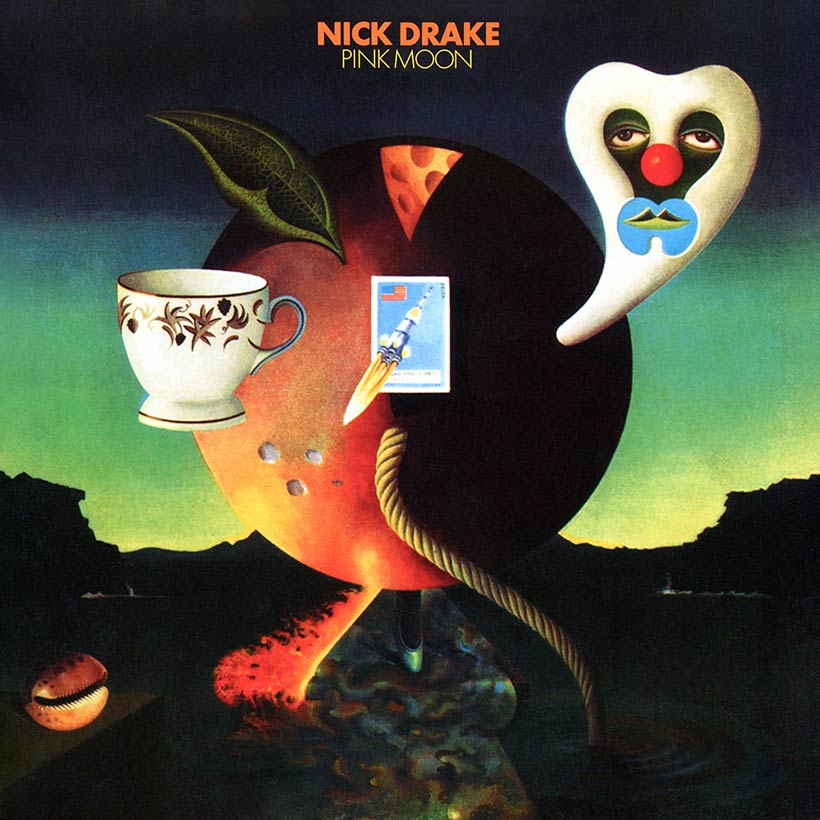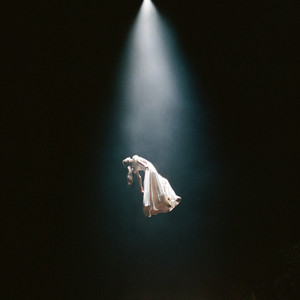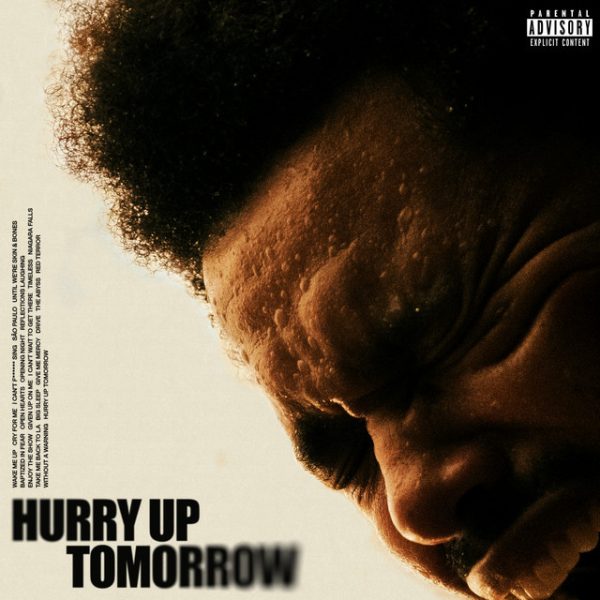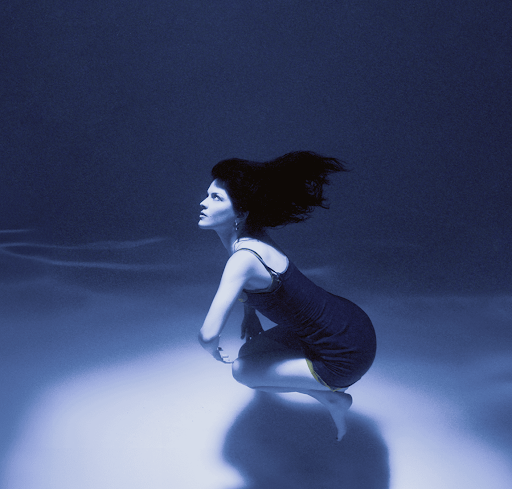Best Beats: A Comenian Playlist
“Drunk Girl,” Chris Janson (2017)
“Drunk Girl” was released by American country singer Chris Janson on Dec. 11, 2017, as the second single from his album “Everybody.” It was written by Janson in collaboration with Tom Douglas, and Scooter Carusoe.
The three-and-a-half minute-long piano ballad features a slow melody, a positive message, and great vocals. The song’s unhurried pace is fitting for the message it conveys. “Drunk Girl” is meant to show that females need to be treated with respect. The song conveys this through the lyrics and the music video.
The chorus specifically highlights this message. During the chorus, Janson sings, “Take a drunk girl home/ Let her sleep all alone/ Leave her keys on the counter, your number by the phone/ Pick up her life she threw on the floor/ Leave the hall lights on, walk out, and lock the door/ That’s how she knows the difference between a boy and man/ Take a drunk girl home.”
The music video also highlights the message of the song. In the music video, a man is shown taking a very drunk girl home in order to make sure she stays safe. The music video also shows flashbacks from the girl’s life. These flashbacks show the girl witnessing her father abusing her mother at a young age; these scenes imply that the girl’s father is drunk.
Another highlight of the song is Janson’s great vocals. Janson has a calm and soothing voice that is fitting for this ballad that conveys a positive message. His voice is what makes the song so great.
I listen to this song all day, everyday. If you’re a fan of slow country music, be sure to give it a listen. “Drunk Girl” also conveys a important message for college students.
-Christina Santo
“Agoraphobia,” Autoheart (2013)
One of the hardest songs to describe is Autoheart’s “Agoraphobia.” When I climbed into a friend’s car a few months ago and it was on her playlist, I remember thinking, “Hey, I like this a lot,” but I could not tell you why. It was only after listening to it several times that I realized why I loved it so much: I had never heard anything like it before.
The lead singer, Jody Gadsden, has such a unique and well-controlled voice that it is impossible to compare it to another artist’s. That, coupled with the distinctive sound of the song as a whole, makes it an irresistible listen. It is mellow but somewhat upbeat, so it makes for a great addition to a playlist that I listen to before going to sleep.
The song’s premise is a man who suffers from agoraphobia, the fear of public places. Agoraphobia typically leads to an inability to leave one’s home, which is exactly the problem this man is having. He realizes he has a problem, but he continues to refuse to go anywhere.
In a time when a lot of music sounds the same, “Agoraphobia” breaks this mold and contributes something entirely new and a bit unexpected. It may throw you off at first, but give it a listen. Even if it is not your thing, I can guarantee you will admit it is unique.
-Christine Wieder
“Pink Moon,” Nick Drake (1972)
Sometimes an album is released that receives little to no commercial or critical attention. It is only upon later reappraisal that the album receives the recognition and, sometimes, the acclaim it deserves.
Nick Drake’s “Pink Moon” is such an album. It was Drake’s third album to be released in his native England, but the first album of his to be released in America. Despite massive promotional efforts by his label, Island Records, reviews were brief, and the album sold fewer copies than either of his two previous albums.
Perhaps this lack of coverage was of Drake’s own creation. He was hesitant to perform concerts or publicize his albums. He only ever gave one press interview in 1971, and no video footage of him exists.
While his two earlier albums were recorded with session musicians, Drake wanted “Pink Moon” to have relatively simple arrangements and a more organic sound. Producer John Wood said that Drake “definitely wanted it to be more him than anything.”
With only Wood accompanying him, Drake recorded the entirety of “Pink Moon” in two late-night sessions. The only components to each song are Drake’s voice and his guitar. The album’s title track, featuring a brief piano interlude, is the only track to feature an instrument other than Drake’s acoustic guitar.
Drake walked unannounced into the headquarters of Island Records with the master tapes of “Pink Moon” under his arm, and after meeting with Island’s then-press officer, left the tapes with the front desk. No one at the label knew he was dropping off the tapes to a new album.
After the record was released, Drake completely isolated himself. He barely spoke publicly anymore, but those close to him very much felt that he was satisfied with “Pink Moon.”
Nick Drake never released another album and died in 1974 after overdosing on antidepressants.
Many around him thought that Drake suffered from depression. The manager of his estate has said that he was “incapable of writing and recording” while going through a depressive period, though. “Pink Moon” seems to indicate this, as it does not feature the sad, dark, or even angry sounds of other albums written by artists undergoing depression or other mental health issues.
Instead, “Pink Moon” is a relaxing, hauntingly beautiful album, that is the perfect accompaniment to a cool autumn day. With a length of 28 minutes, it goes by fairly quickly.
– Nathaniel Rhoads












